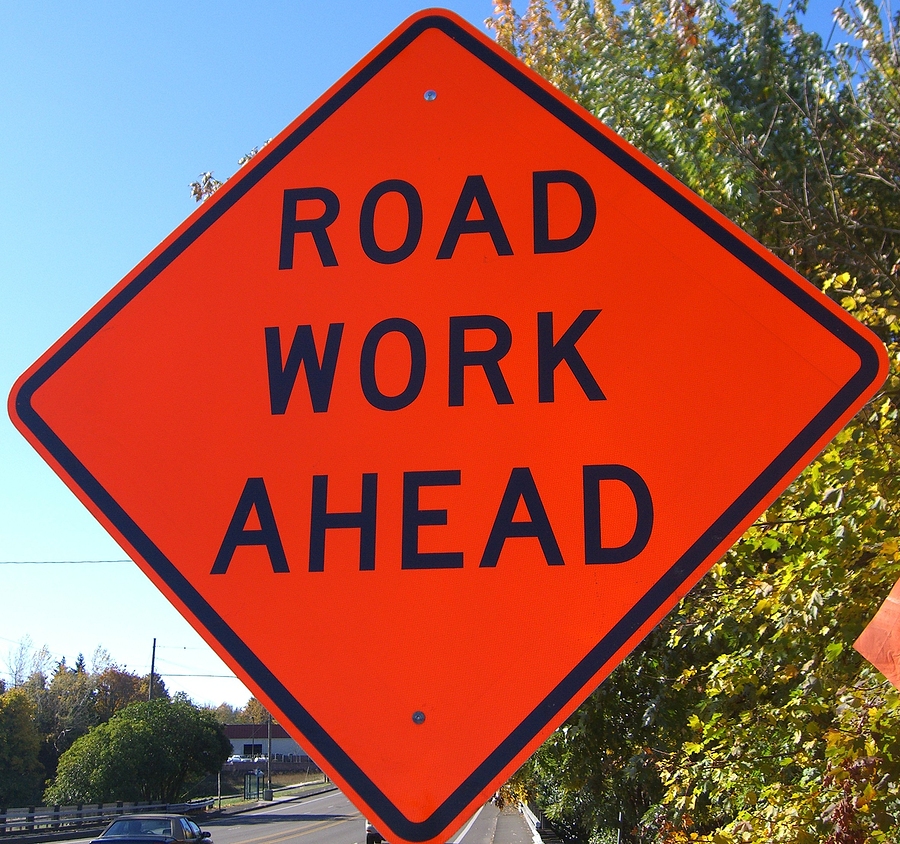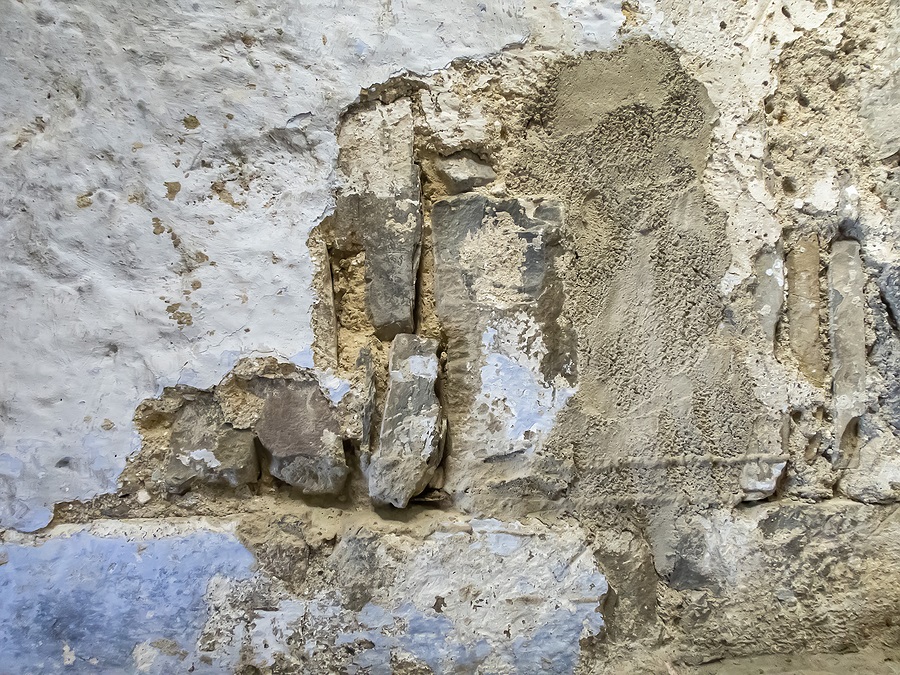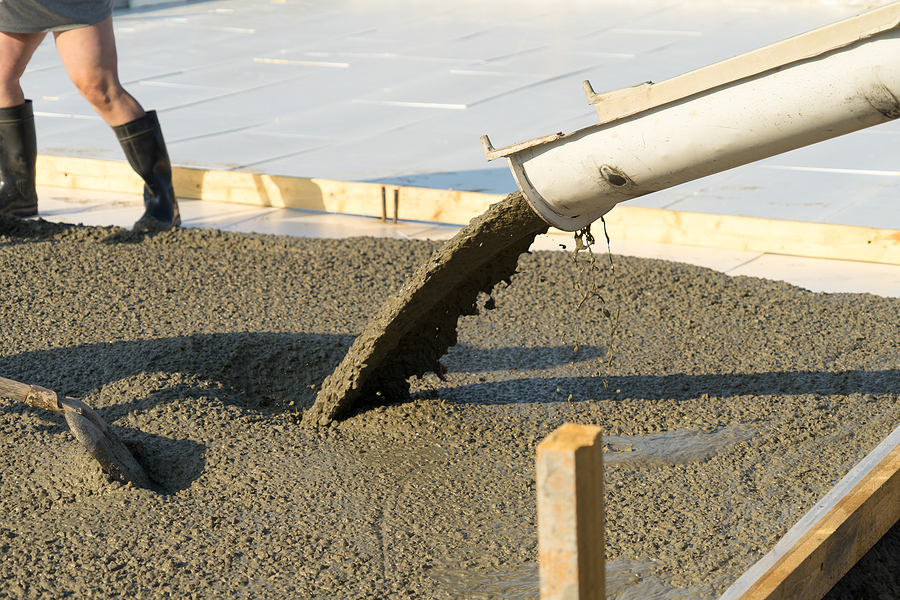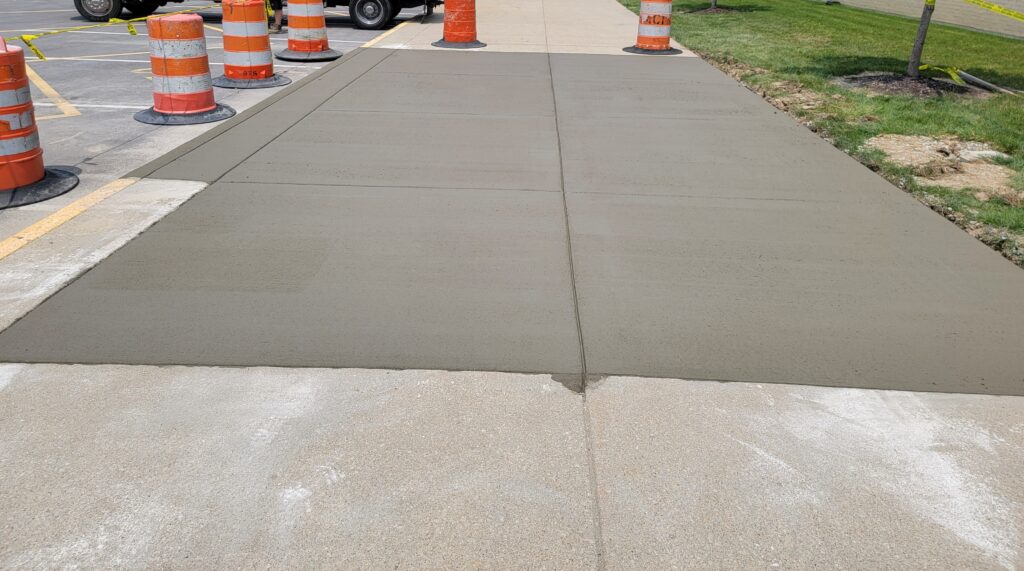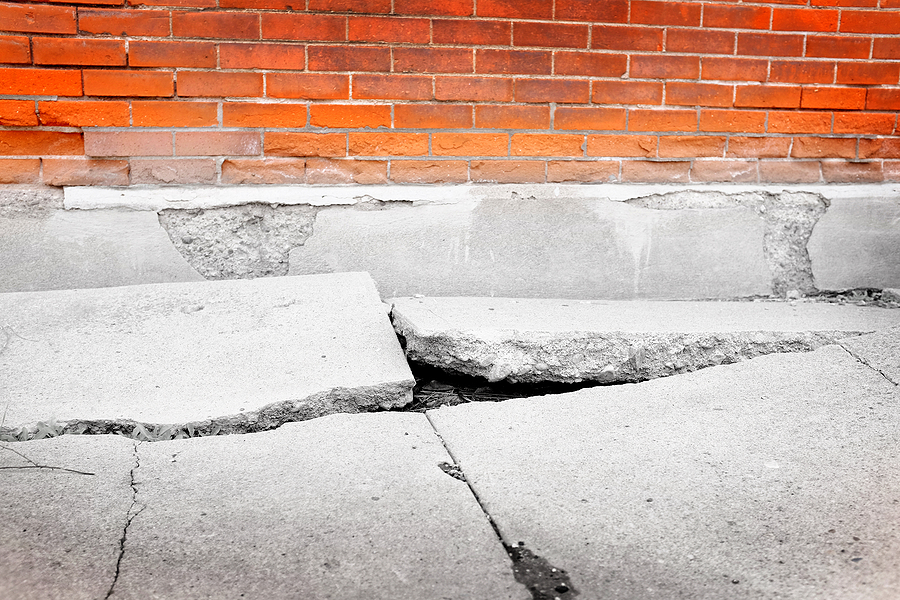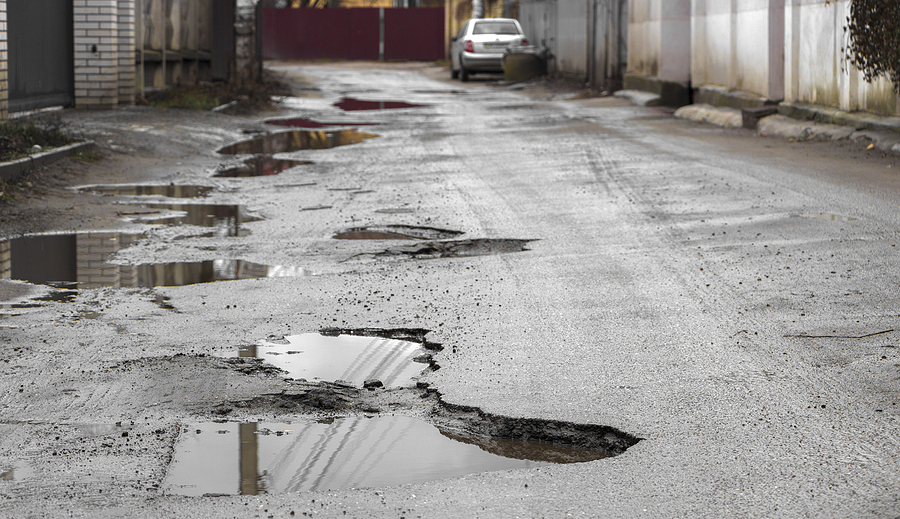In the ever-evolving world of civil engineering and infrastructure development, materials that offer enhanced performance, durability, and sustainability are always in demand. One such material that has been gaining significant attention is Fiber Reinforced Concrete (FRC). But what exactly is FRC, and why is it becoming a go-to choice for commercial applications? Continue reading to learn the answers to these questions and more.

The 101 on Fiber Reinforced Concrete (FRC)
Fiber Reinforced Concrete is a composite material that incorporates fibrous substances to improve its structural integrity. These fibers, which can be made from steel, glass, synthetic materials, or natural sources, are mixed into the concrete to enhance its mechanical properties. The result is a more robust, flexible, and long-lasting pavement solution.
Key Benefits of FRC in Commercial Applications
Enhanced Durability: The addition of fibers significantly improves the tensile strength and crack resistance of concrete, leading to a longer lifespan.
Reduced Maintenance Costs: With its increased durability, FRC requires less frequent repairs and maintenance, translating to cost savings over time.
Improved Load-Bearing Capacity: FRC can withstand higher loads and stress, making it ideal for heavy-duty commercial applications like industrial floors, parking lots, and airport runways.
Environmental Sustainability: The use of recycled fibers and reduced need for maintenance makes FRC a more environmentally friendly option compared to traditional concrete.
The Role of FRC in Sustainable Infrastructure Development
Sustainability is no longer just a buzzword; it’s a crucial consideration in modern infrastructure projects. FRC plays a significant role in promoting sustainable infrastructure development.
Durability and Longevity
One of the primary advantages of FRC is its enhanced durability. Traditional concrete pavements are prone to cracking and degradation over time, necessitating frequent repairs and replacements. FRC, on the other hand, offers superior crack resistance and longevity, reducing the need for frequent interventions and thereby conserving resources.
Environmental Benefits
The environmental benefits of FRC are multifaceted. For one, incorporating recycled fibers into the concrete mix reduces waste and the demand for virgin materials. Additionally, the extended lifespan of FRC pavements means fewer replacements and repairs, which translates to lower carbon emissions associated with construction activities.
Resource Efficiency
FRC’s ability to reduce the thickness of concrete slabs without compromising strength also contributes to resource efficiency. Thinner slabs mean less material usage, which is a win for both the environment and project budgets.
Cost-Benefit Analysis for FRC Pavement
When considering the implementation of FRC in commercial projects, it’s essential to conduct a thorough cost-benefit analysis. While the initial investment may be higher compared to traditional concrete, the long-term savings and benefits often outweigh the upfront costs.
Initial Investment
The initial cost of FRC can be higher due to the price of fibers and specialized mixing processes. However, this initial cost is offset by the material’s enhanced performance and longevity.
Long-Term Savings
- Reduced Maintenance: The improved durability of FRC means that less money is spent on repairs and maintenance over the pavement’s lifespan.
- Extended Lifespan: FRC pavements last longer than traditional concrete, delaying the need for costly replacements.
- Enhanced Performance: The superior load-bearing capacity and crack resistance of FRC can prevent costly damage and downtime in high-traffic commercial areas.
ROI Considerations
When evaluating the return on investment (ROI) for FRC, it’s crucial to factor in both direct and indirect savings. Reduced maintenance costs, extended lifespan, and improved performance all contribute to a favorable ROI, making FRC a financially sound choice for commercial applications.
Best Practices in FRC Pavement Design and Installation
To maximize the benefits of FRC, it’s essential to follow best practices in design and installation. Here are some tips for civil engineers and developers:
Proper Fiber Selection
Choosing the right type of fiber is critical for achieving the desired performance characteristics. Factors to consider include the type of application, load requirements, and environmental conditions. Steel fibers, for example, are excellent for industrial floors and heavy-duty pavements, while synthetic fibers may be more suitable for lighter applications.
Optimal Fiber Dosage
The dosage of fibers in the concrete mix significantly impacts its performance. Too few fibers may not provide the desired benefits, while too many can lead to workability issues. It’s essential to follow manufacturer recommendations and conduct thorough testing to determine the optimal fiber dosage.
Mix Design
A well-designed concrete mix is crucial for the success of FRC pavements. The mix should ensure adequate workability, strength, and durability while accommodating the added fibers. Incorporating admixtures can also improve the performance of the mix.
Quality Control
Strict quality control measures are essential during the mixing, placing, and curing stages. Ensuring that the fibers are evenly distributed throughout the mix is crucial for achieving uniform performance. Regular testing and inspections can help identify and address any issues early in the process.
Future Outlook of FRC in Commercial Applications
As technology continues to advance, the future of FRC in commercial applications looks promising. Here are some trends and developments to watch:
Innovations in Fiber Technology
Ongoing research and development are leading to the creation of new fiber materials with enhanced properties. For example, carbon nanotubes and graphene fibers show potential for further improving the strength and durability of FRC.
Integration with Smart Technologies
The integration of FRC with smart technologies, such as sensors and IoT devices, can transform infrastructure monitoring and maintenance. Embedded sensors can provide real-time data on the condition of FRC pavements, enabling predictive maintenance and reducing downtime.
Broader Adoption
As more case studies and success stories emerge, the adoption of FRC in commercial applications is expected to grow. Municipalities, infrastructure developers, and civil engineers will increasingly recognize the long-term benefits of FRC, leading to broader implementation across various projects.
Conclusion
Fiber Reinforced Concrete (FRC) is revolutionizing the field of civil engineering and infrastructure development. Its enhanced durability, environmental benefits, and cost-effectiveness make it an ideal choice for commercial applications. By following best practices in design and installation, engineers and developers can maximize the benefits of FRC and contribute to the creation of sustainable, long-lasting infrastructure.
As we look to the future, innovations in fiber technology and the integration of smart technologies will further enhance the capabilities of FRC, making it a cornerstone of modern infrastructure projects. For municipalities, real estate developers, infrastructure developers, and civil engineers, the time to embrace FRC is now.
Let’s build the future of infrastructure together, one fiber at a time. Contact ACI Asphalt & Concrete at 317-549-1833 to speak with a licensed and insured commercial concrete paving contractor in Indianapolis, today. With our help, you can make sure that your business lot is well taken care of and looks its best for years to come. We are now offering ready mix concrete services, including small load RMC delivery.
Related Posts:
Strategies to Cut Costs on Commercial and Industrial Pavement Maintenance
Unlocking the Durability and Versatility of Commercial Concrete
The Benefits of Using Concrete for Construction Applications



